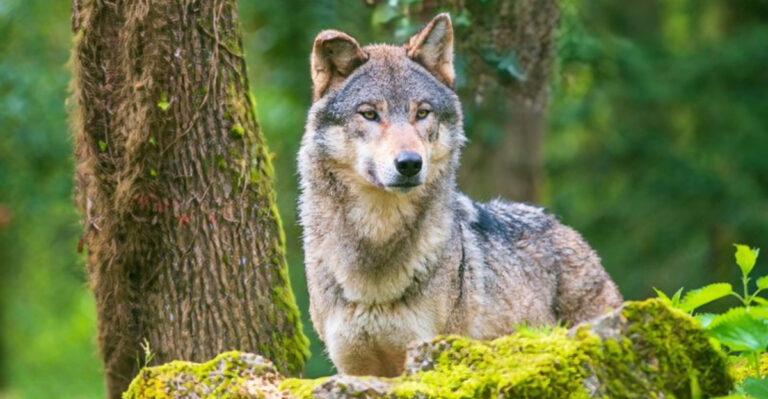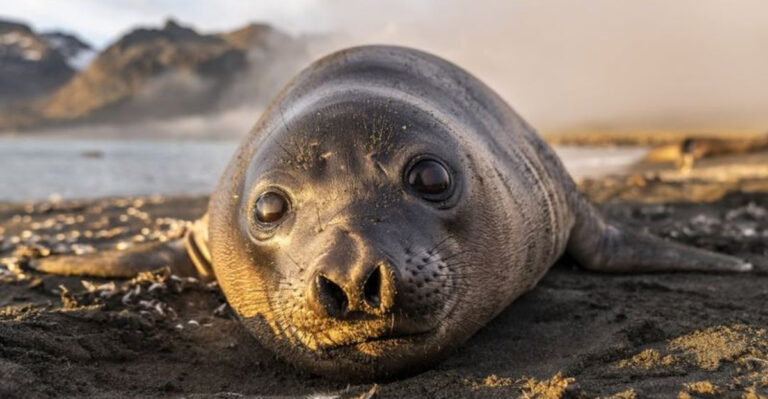15 Lost Elephant Species That Were Bigger, Stranger, And Wilder Than Today’s Giants
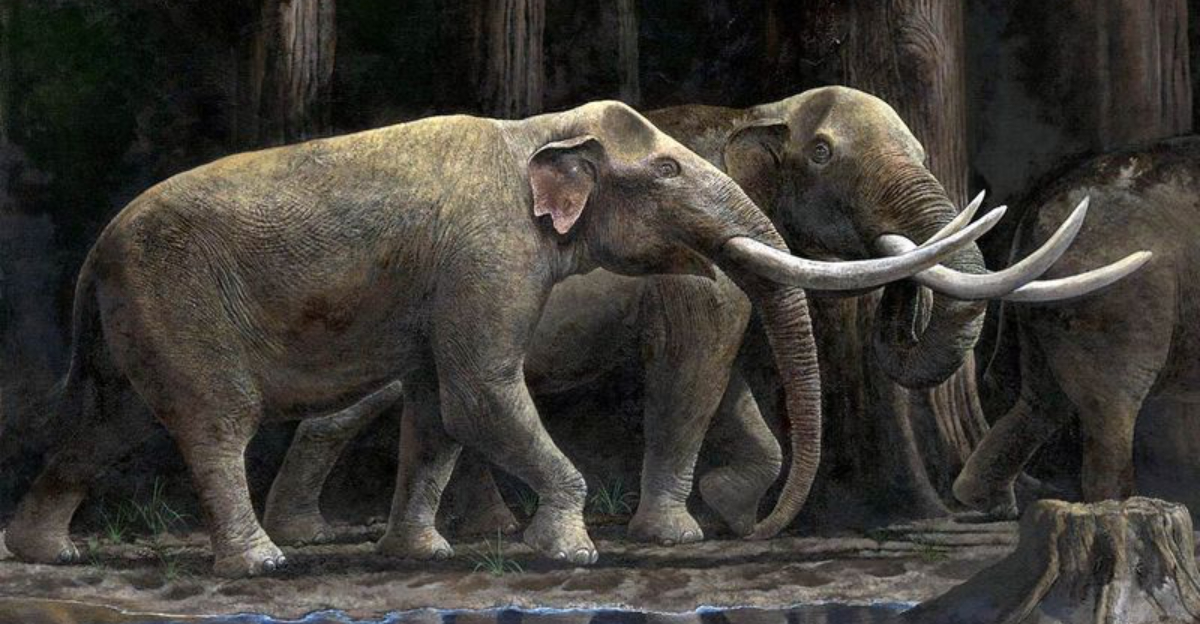
Long before our modern elephants roamed the Earth, some truly remarkable elephant species called our planet home.
These ancient giants had features that would seem alien to us today – from wooly coats that could withstand freezing temperatures to tusks that spiraled toward the sky.
Many were larger, stranger, and far more diverse than the elephants we know now, and their stories reveal a fascinating chapter in Earth’s history.
1. Mammuthus Primigenius (Woolly Mammoth)
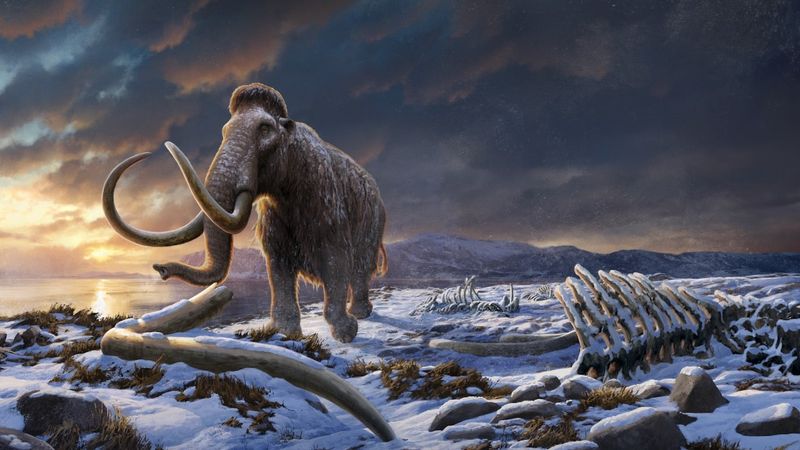
Shaggy coats of reddish-brown fur covered these iconic Ice Age beasts, with hair growing up to 3 feet long. Their massive curved tusks could reach 15 feet, twisting dramatically outward then upward and crossing at the tips.
Unlike today’s elephants, woolly mammoths had tiny ears and short tails to minimize heat loss in frigid environments. Their humped shoulders and sloping backs created a distinctive silhouette against ancient skies.
2. Mammuthus Columbi (Columbian Mammoth)

Towering giants of prehistoric America, Columbian mammoths dwarfed even their woolly cousins. Males reached heights of 14 feet at the shoulder—taller than a modern double-decker bus!
Their impressive straight tusks could extend 16 feet, perfect for clearing vegetation and intimidating rivals. Unlike woolly mammoths, these behemoths lacked thick fur, as they thrived in warmer grasslands and woodlands across what’s now the United States.
3. Palaeoloxodon Naumanni (Naumann’s Elephant)

Ancient Japanese forests once trembled under the weight of Naumann’s elephants. These giants featured unusually long legs and remarkably straight tusks that jutted forward rather than curving upward.
Fossil evidence shows they had distinctive high-domed skulls with expanded foreheads. Cave paintings by early humans captured their imposing presence, suggesting our ancestors both feared and revered these magnificent creatures that roamed East Asia until about 30,000 years ago.
4. Palaeoloxodon Antiquus (Straight-Tusked Elephant)
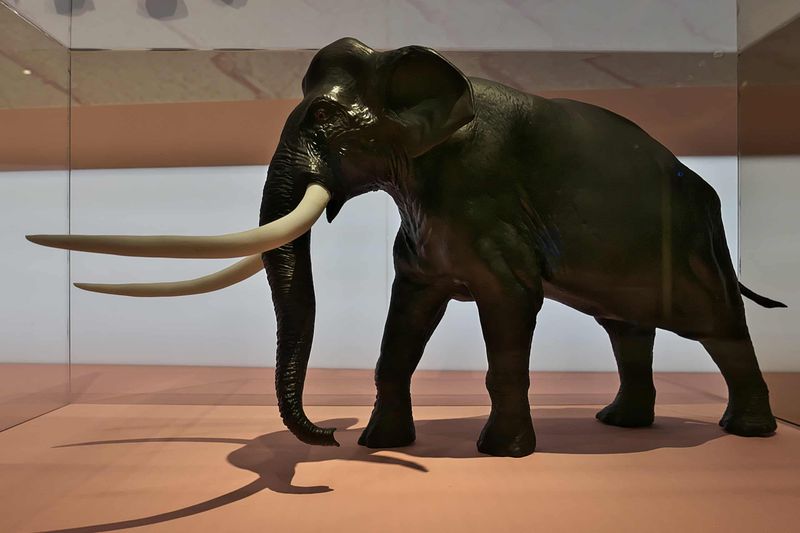
Imagine an elephant 50% larger than today’s African giants! Straight-tusked elephants dominated ancient European forests with their massive 13-foot frames and impressive 10-foot tusks that extended forward like spears.
Their skulls featured unusual dome-shaped crowns and wide, flaring ear attachments. Archaeological evidence suggests Neanderthals hunted these formidable beasts, creating specialized tools just to bring down these forest-dwelling titans that disappeared around 30,000 years ago.
5. Mammuthus Exilis (Dwarf Mammoth)

Evolution took a surprising turn on California’s Channel Islands, shrinking mammoths to just 5.5 feet tall—smaller than a pony! These mini-mammoths developed as full-sized ancestors swam to the islands and adapted to limited resources.
Despite their diminutive stature, they maintained classic mammoth features: curved tusks and woolly coats. Their small size allowed them to navigate steep island terrain that would have challenged their massive mainland relatives.
6. Palaeoloxodon Falconeri (Sicilian Dwarf Elephant)
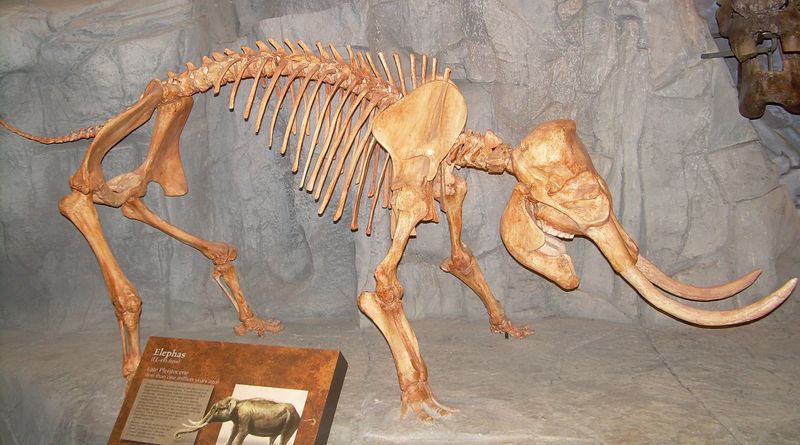
Standing just 3 feet tall—about the size of a large dog—these miniature elephants represent one of evolution’s most dramatic size reductions. Their ancestors were among the largest land mammals, but isolation on Mediterranean islands drove extreme dwarfism.
Their baby-like appearance, with proportionally larger heads and eyes, would have made them look like eternal elephant calves. Ancient Sicilians discovering their remains likely mistook them for cyclops, as their nasal opening resembled a single eye socket.
7. Mammuthus Trogontherii (Steppe Mammoth)
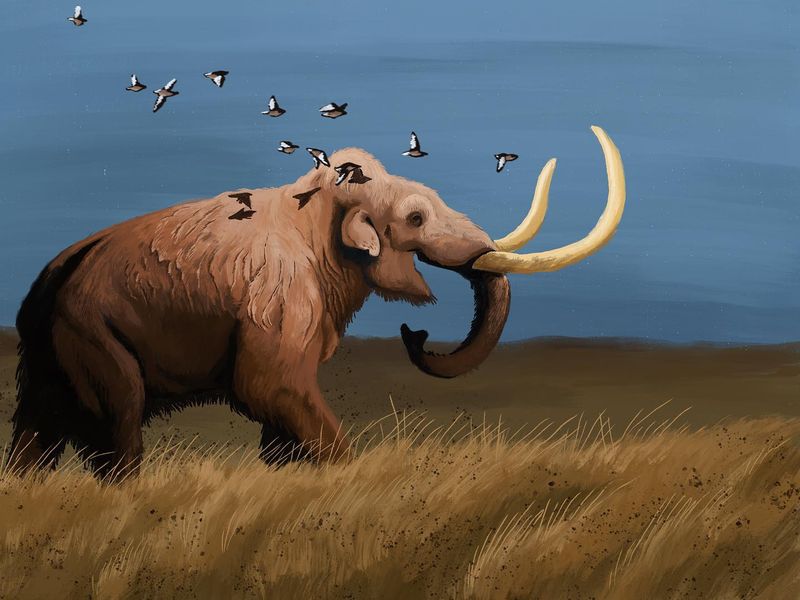
Before woolly mammoths evolved, these colossal ancestors dominated Eurasian grasslands. Steppe mammoths stood nearly 15 feet tall—making them among the largest elephants ever to walk the Earth!
Their massive 17-foot tusks curved so dramatically they sometimes crossed at the tips. Unlike their woolly descendants, these giants had less fur and larger ears, adaptations to the somewhat milder climate of their time, around 700,000 years ago.
8. Palaeoloxodon Namadicus (Asian Straight-Tusked Elephant)

Possibly the largest elephant to ever exist, P. namadicus may have reached shoulder heights of 17 feet! Fossil evidence from India shows these behemoths had unusually narrow skulls with distinctive forehead bulges.
Their straight tusks projected forward like battering rams, likely used to topple trees and intimidate rivals. Ancient rock art depicts humans hunting these giants, suggesting our ancestors faced challenges we can hardly imagine when encountering these titans of the Indian subcontinent.
9. Elephas Recki (Recki’s Elephant)
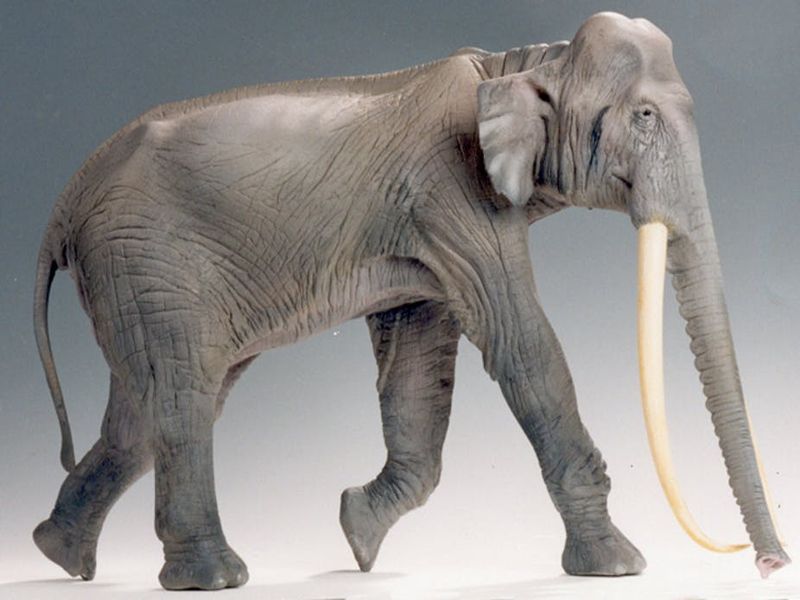
Africa’s ancient savannas once hosted this strange elephant species with tusks that grew outward before curving sharply backward toward the shoulders. Fossil evidence suggests they had unusually long legs and slender bodies compared to modern elephants.
Their molars featured distinctive ridges perfect for processing tough grasses. As a predecessor to modern elephants, Recki’s elephant represents an important evolutionary link, thriving for nearly 3 million years before disappearing around 500,000 years ago.
10. Mammuthus Meridionalis (Southern Mammoth)

Before mammoths adapted to extreme cold, these ancestral giants roamed warmer southern regions with distinctly elephant-like features. Their shorter, less curved tusks and sparse fur hint at their transitional evolutionary position.
Fossils reveal they had longer legs than later mammoths, suggesting faster movement across open grasslands. Southern mammoths were among the first to sport the distinctive high-domed skull that would become a mammoth trademark, marking the beginning of one of nature’s most iconic animal lineages.
11. Stegodon Ganesa (Ganesa’s Stegodon)

Not true elephants but close cousins, stegodons featured distinctive roof-shaped teeth that inspired their name (“stego” means “roof”). Ganesa’s stegodon sported enormous tusks that grew nearly straight outward with minimal curve.
Their low-domed skulls and stocky bodies created a silhouette unlike any living elephant. These mysterious creatures dominated Asian forests before true elephants evolved, using their specialized teeth to process tough vegetation that other animals couldn’t digest.
12. Palaeoloxodon Mnaidriensis (Mnaidrian Elephant)

Sicily once hosted these medium-sized elephants—larger than dwarf species but smaller than mainland giants. Their most striking feature was their unusually wide skull with expanded “forehead wings” that gave them an alien appearance.
Unique among extinct elephants, they had downward-pointing tusks that likely helped dig for roots and water. These resourceful creatures adapted to island life by developing specialized feeding behaviors that allowed them to survive on limited vegetation until human arrival around 11,000 years ago.
13. Mammuthus Lamarmorai (Sardinian Mammoth)
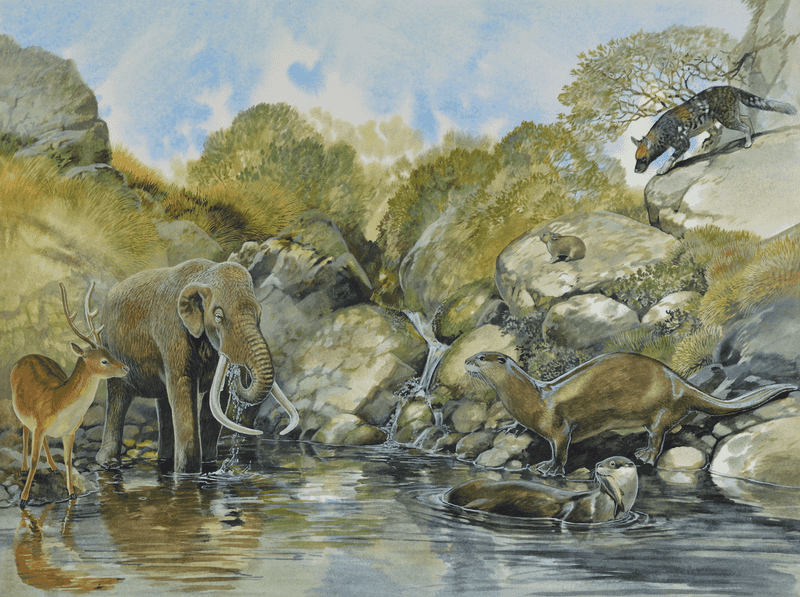
Island evolution produced this peculiar mini-mammoth that stood just 4-5 feet tall. Unlike other dwarf elephants, the Sardinian mammoth kept proportionally large tusks despite its reduced body size.
Their compact bodies featured shortened limbs and stubby trunks—adaptations for navigating dense island vegetation and steep terrain. Fossil evidence suggests they developed unique dental patterns for processing the tough Mediterranean plants found on Sardinia, showing how isolation drives remarkable evolutionary changes.
14. Stegolophodon Stegodontoides (Ancestral Stegodon)

Before modern elephants evolved, these strange transitional creatures roamed ancient Asian forests. Their most distinctive feature was their bizarre teeth—neither fully elephant-like nor fully stegodon-like, but something in between.
Their tusks grew outward then upward in a gentle curve unlike any modern species. Paleontologists consider them crucial “missing links” in elephant evolution, showing how nature experimented with different dental designs before settling on the specialized grinding molars of today’s elephants.
15. Deinotherium Giganteum (Terrible Beast)

Perhaps the strangest elephant relative ever, deinotheres featured downward-curving tusks sprouting from their lower jaws—the opposite of all living elephants! Standing 15 feet tall, these bizarre creatures used their backward tusks to strip bark from trees.
Their skulls had flattened tops rather than the domed shape of true elephants. Despite their fearsome name and appearance, deinotheres were gentle browsers that dominated Eurasian and African landscapes for over 20 million years before mysteriously disappearing about one million years ago.

